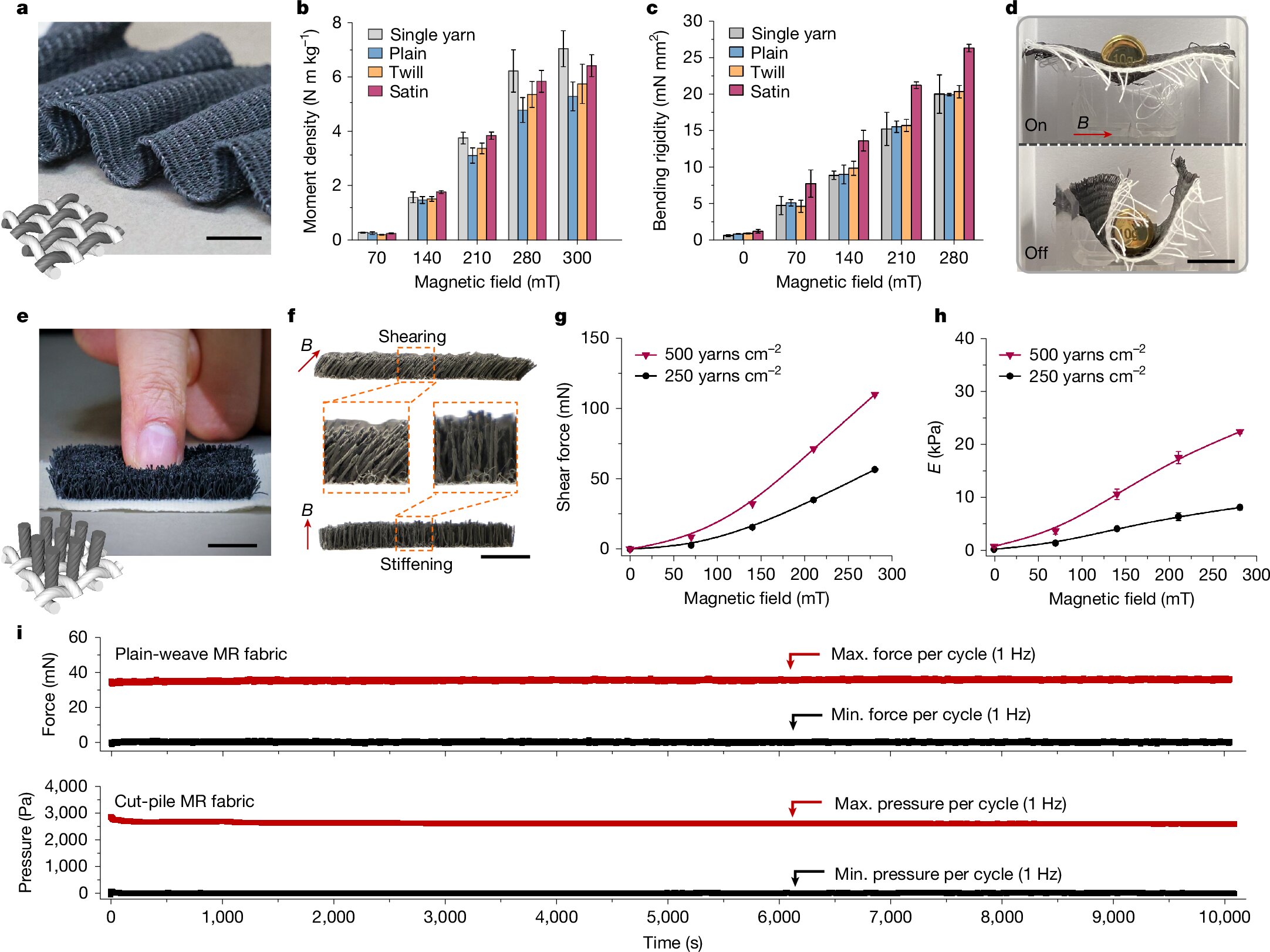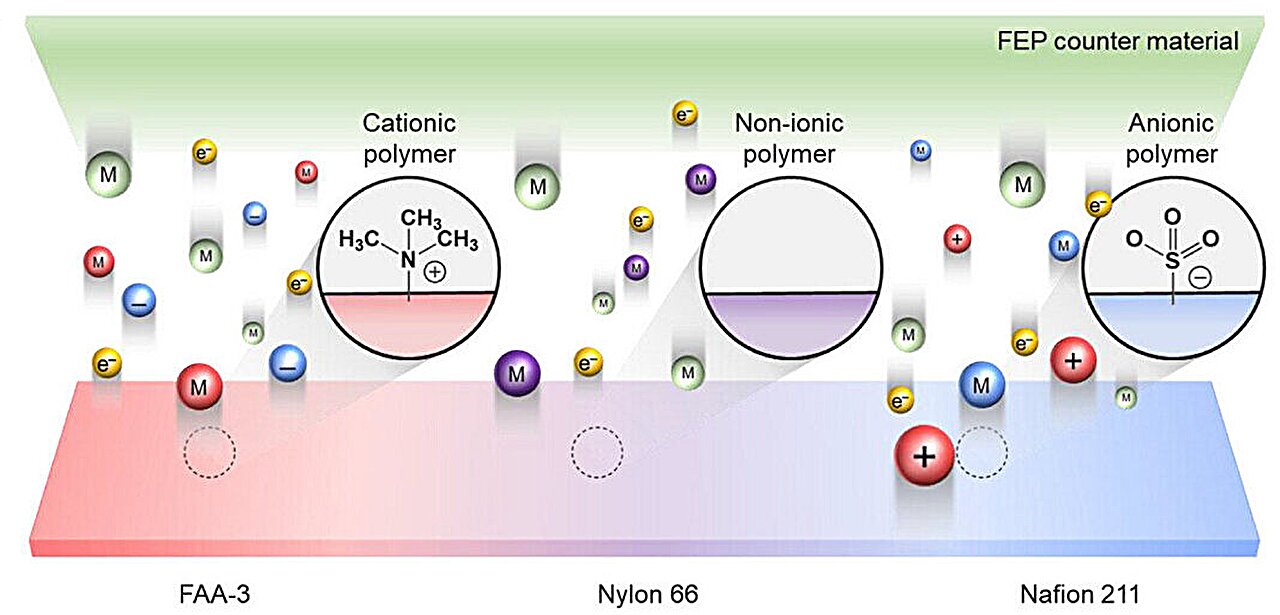Tech
CBRE charts rise of neocloud providers within European colocation market | Computer Weekly

The European colocation market is plugging the demand gaps for datacentre capacity caused by the waning appetites of hyperscale cloud firms by cozying up to neocloud providers, research from CBRE shows.
The real estate consultancy’s third quarter look at the state of the European datacentre market reveals that, despite a drop-off in hyperscaler demand for colocation capacity, the amount being acquired for hosting artificial intelligence (AI) workloads has soared.
The source of this demand are “neocloud” AI-infrastructure providers, such as Nscale and Coreweave, with CBRE’s figures showing the volume of datacentre capacity sold to such entities has trebled over the course of the past year.
“The volume of datacentre capacity sold to neocloud providers in the first nine months of the year rose to 414MW, up from 133MW compared to the same timeframe in 2024,” said the CBRE report.
While the report flagged London as being the location where the majority (68MW) of the 114MW of new datacentre supply that came online during the third quarter of 2025 was delivered, it also confirmed the Nordics as the most popular location for neocloud providers to take-up capacity.
“More than half of the signings’ volume (57%) is for capacity in Nordic countries, such as Norway and Iceland … [as] regional datacentre providers can offer neocloud providers … resource-intensive computer equipment, lower power costs and available capacity, which is increasingly difficult to find in Europe,” said the report.
Kevin Restivo, director of European datacentre research at CBRE, said power is often the greatest expense for AI infrastructure providers, so favouring the Nordics – where there is an abundance of lower-cost renewable power make sense.
“We see tremendous growth of this segment especially in the Nordics [for that reason], where lower-cost renewable power is often available in greater abundance than in many other European markets,” he said.
Market concerns
The meteoric rise of some neocloud providers has raised eyebrows in certain portions of the IT industry, with providers such as Nscale having risen to prominence seemingly overnight, having secured eye-watering amounts of outside investment.
As referenced in the CBRE report, the lack of history and track record some of these neocloud providers have has not gone unnoticed by the colocation community, with operators taking steps to mitigate the risks involved with doing business with them.
“Most European datacentre providers are accepting neocloud firms as tenants despite their considerable AI infrastructure requirements and short operational histories,” said CBRE. “Datacentre providers are taking measures to mitigate the additional risk take on by leasing capacity to neocloud firms. For example, higher rents are charged to account for the higher risk client and to help recover the considerable build costs incurred in building AI-ready datacentres. Rental deposits and parent company guarantees are sometimes asked of neocloud firms too.”
Andrew Jay, head of datacentre solutions for Europe at CBRE, said neocloud providers are also currying favour with colocation companies by “absorbing vacant space that was originally intended for hyperscalers”. As an example, the CBRE report referenced a case in February 2025 where a hyperscaler “halted talks” for datacentre capacity in Europe, leaving some operators with space to spare.
“It is a sign that many datacentre providers are growing more comfortable with the ambitions of neocloud providers and the covenants that come with it,” added Jay.
Tech
British Churches Are Putting Their Faith in Heat Pumps

In many churches, often strapped for cash, the switch to a heat pump may be borne from necessity. Staff at St. Peter Mancroft Church in Norwich, which already had solar panels, opted to make the jump to a heat pump system when one of their old gas boilers failed.
“The church decided this was a good time to try and commit to it,” says Nicholas Jackson, from architectural design firm Nicholas Vanburgh Ltd. Jackson is also a fabric officer for the church. Last year, two table-like, upward-facing air source heat pumps were installed in a small yard next to the 15th-century building. These connect to an Edwardian cast iron radiator system, and the heat pumps are currently running at a COP of 4.
The church also opted for a battery storage system. Jackson says he’s still unsure of exactly how the heat pumps will cope during a really cold spell—one gas boiler remains as a backup.
“We were very blessed to be one of the early adopters on some of this stuff,” says Reverend Edward Carter, the vicar. He adds that within the church is an “Earth Chapel,” intended to focus Christian minds on the importance of the environment. “We’re trying to say something to the City of Norwich here, and maybe to the wider world,” says Carter.
Churches are far from the only community-centric buildings in the UK currently reengineering how they do things. Village halls, covered markets, and public transport hubs are also, in some cases, putting in solar panels, LED lighting, and electric-powered heating systems.
For certain believers, though, the spiritual component of decarbonization is key. There’s something deeper at work here, and perhaps enthusiasm like this could accelerate society’s broader transition towards cleaner technologies. Knott’s opinion is that Christians should be motivated, by scripture itself, to look after the planet.
“We’re not jumping on the bandwagon,” he says. “This has been a message for 2,000 years.”
Tech
Novel smart fabrics give robots a delicate grip

Robots aren’t always the most delicate of machines when handling fragile objects. They don’t have the lightness of touch of humans. But that could be about to change thanks to a new development in smart materials.
Researchers have developed a method for weaving flexible fibers that can be controlled by magnetic fields. Not only can this be used for robot hands to pick up objects like soft fruits, potato chips and worms, but it can also be used in a range of other applications. These include gloves that provide a realistic touch in virtual reality and breathable fabrics.
Creating a new smart fiber
In a paper published in the journal Nature, researchers detail how they created their smart textile, which can bend, stiffen or change its surface texture on demand. First, the team mixed tiny, soft magnetic particles (carbonyl iron) into extremely thin, flexible fibers of a polymer, LDPE (low-density polyethylene).
To overcome the challenge of making a fiber that is both thin and packed with magnetic materials, the researchers used a process called melt spinning. This high-speed technique allowed them to create fibers just 57 micrometers in diameter.
The next stage involved twisting seven of the fibers together into a helical yarn. The importance of this shape is that it can respond to a magnetic field from any direction. This is what truly sets it apart from other smart materials.
Instead of being limited to simple “on/off” reactions (like heating or stiffening when a voltage is applied), which is called scalar control, the helical shape provides the material with directional control. That means it can respond to the strength and direction of the magnetic field, which allows more sophisticated movements.
“Our work provides insights into stimuli-responsive fibrous materials, elevating them from scalar to sophisticated vector control, heralding an era of smart textile innovation,” wrote the researchers in their paper.
Real-world applications
The team created two types of fabrics from the yarn. A woven textile that is best for bending and stretching, and a cut-pile fabric that looks and feels like a soft brush. From the woven textile, they made a kind of fabric patch that automatically opens and closes tiny ventilation slits in response to a magnetic field cycling on and off. This could be used to manage sweat and heat instantly.
With the cut-pile fabric, they built a soft robotic gripper. Because the thousands of magnetic fibers can individually stiffen and mold around objects, the gripper enables robots to safely and gently pick up delicate objects.
Additionally, the researchers made a virtual reality haptic glove. When you grab a virtual object, a remote magnetic field stiffens the fibers or presses them against your skin to simulate real-world tactile sensations.
Next up for the team is to improve the materials for commercial use, ensuring they are durable and safe for comfortable, everyday clothing.
Written for you by our author Paul Arnold, edited by Gaby Clark, and fact-checked and reviewed by Robert Egan—this article is the result of careful human work. We rely on readers like you to keep independent science journalism alive.
If this reporting matters to you,
please consider a donation (especially monthly).
You’ll get an ad-free account as a thank-you.
More information:
Junhong Pu et al, Vector-stimuli-responsive magnetorheological fibrous materials, Nature (2025). DOI: 10.1038/s41586-025-09706-4
© 2025 Science X Network
Citation:
Novel smart fabrics give robots a delicate grip (2025, November 13)
retrieved 13 November 2025
from https://techxplore.com/news/2025-11-smart-fabrics-robots-delicate.html
This document is subject to copyright. Apart from any fair dealing for the purpose of private study or research, no
part may be reproduced without the written permission. The content is provided for information purposes only.
Tech
Humidity unlocks hidden power of ions in generating static electricity

Professor Dong-Myeong Shin and his team from the Department of Mechanical Engineering under the Faculty of Engineering at the University of Hong Kong (HKU) shed light on the contribution of ions in electric charge transfer, though their contribution differs with environmental humidity.
This discovery adds new insights into contact electrification, the phenomenon where static electricity is generated when two different materials touch and then separate. This effect is important for many technologies, including photocopiers, spray painting, energy collection, and self-powered sensors.
Challenging old beliefs about charge transfer
In their study, titled “Quantifying Electron and Ion Transfers in Contact Electrification with Ionomers,” published in Advanced Functional Materials, the team presents evidence that both electrons and ions are transferred at the same time when two solid surfaces come into contact. This challenges the long-held belief that only electrons are responsible for generating static electricity.
The researchers tested three types of films—an anionic ionomer called Nafion 211, a cationic ionomer named FAA-3, and a non-ionic polymer called Nylon—by rubbing them against a fluorinated ethylene propylene (FEP) film.
They analyzed how charges decayed under heat and used advanced techniques to detect surface ions. This allowed them to measure how much electrons and ions contributed to the charge transfer.
Humidity’s surprising role in ion transfer
It was discovered that different ionomer materials displayed distinct charge-transfer behaviors, with humidity greatly amplifying the role of ions. At a relative humidity level of above 50%, ion transfer not only enhanced surface charge density but also offset the depletion usually caused by moisture.
Remarkably, even though less than 2% of the ions actually moved across the interface, their impact was surprisingly large—they played a key role in stabilizing and strengthening static charges. To understand how this happens, the team used computer simulations, which revealed that water molecules absorbed into the ionomer formed tiny channels inside the material. These channels allowed ions to move more freely toward the surface, especially in humid conditions.
Implications for technology and materials
“This is the first time we could unambiguously separate and measure the contributions of electrons and ions in solid contact electrification,” said Dr. Xiaoting Ma, co-first author of the paper.
“By using Nafion and FAA films as model systems, we gained unique insights into how positive and negative ions behave differently depending on humidity.”
Professor Shin highlighted the broader impact: “By quantifying how much electrons and ions transfer during contact, we can develop new strategies to create materials that work reliably even in humid environments. This not only advances fundamental scientific understanding but also opens up new possibilities for eco-friendly technologies such as printing, coating, environmental monitoring, and energy harvesting.”
The team also found that introducing ions onto a non-ionic polymer surface significantly improved its resistance to humidity, offering a practical strategy for engineering robust triboelectric materials.
After integrating Nafion and FAA films into triboelectric nanogenerators (TENGs), the devices showed stable output even in humid environments, successfully powering an array of 78 LEDs and maintaining performance over thousands of cycles.
More information:
Xiaoting Ma et al, Quantifying Electron and Ion Transfers in Contact Electrification with Ionomers, Advanced Functional Materials (2025). DOI: 10.1002/adfm.202506471
Citation:
Humidity unlocks hidden power of ions in generating static electricity (2025, November 13)
retrieved 13 November 2025
from https://techxplore.com/news/2025-11-humidity-hidden-power-ions-generating.html
This document is subject to copyright. Apart from any fair dealing for the purpose of private study or research, no
part may be reproduced without the written permission. The content is provided for information purposes only.
-

 Business1 week ago
Business1 week agoGST rationalisation impact: Higher RBI dividend expected to offset revenue shortfall; CareEdge flags tax pressure – The Times of India
-

 Tech1 week ago
Tech1 week agoBlood Tests for Alzheimer’s Are Here
-

 Sports1 week ago
Sports1 week agoPeat wows in debut as Arizona beats No. 3 Florida
-

 Business1 week ago
Business1 week agoSetback for expatriates? Delhi HC upholds mandatory EPFO membership; what this means for foreign staff – The Times of India
-

 Fashion1 week ago
Fashion1 week agoBangladesh Bank allows foreign currency-taka swap facility for dealers
-

 Politics1 week ago
Politics1 week agoTrump links Republicans’ election setbacks to record US govt shutdown
-

 Tech1 week ago
Tech1 week agoZohran Mamdani Just Inherited the NYPD Surveillance State
-

 Tech1 week ago
Tech1 week agoThe AI Data Center Boom Is Warping the US Economy






